Some of Christchurch’s environmental leaders gathered in August 2022 to discuss the critical issues facing our environment in preparation for local elections. Mayoral Candidate David Meates was the special guest. Stories were told of groups around Banks Peninsula and Christchurch working to regenerate the hills, valleys and streams. For example over twenty groups are working […]
Inaka – Whitebait
Nurturing a life cycle requiring four habitats.
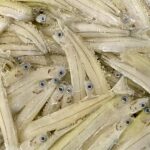
Protecting habitat for a species thought to be common is challenging. Whitebait is caught when returning from the sea in nets along many rivers in New Zealand. Although most of us have seen and/or eaten these tiny creatures in egg fritters, the inaka* or whitebait is declining and needs our help.
The inaka’s vulnerability lies in its four habitat life cycle. It needs one habitat for egg-laying, an accessible passage to and from the sea, a favourable coastal habitat once at sea, and then on return to fresh water, a safe place to grow to maturity.
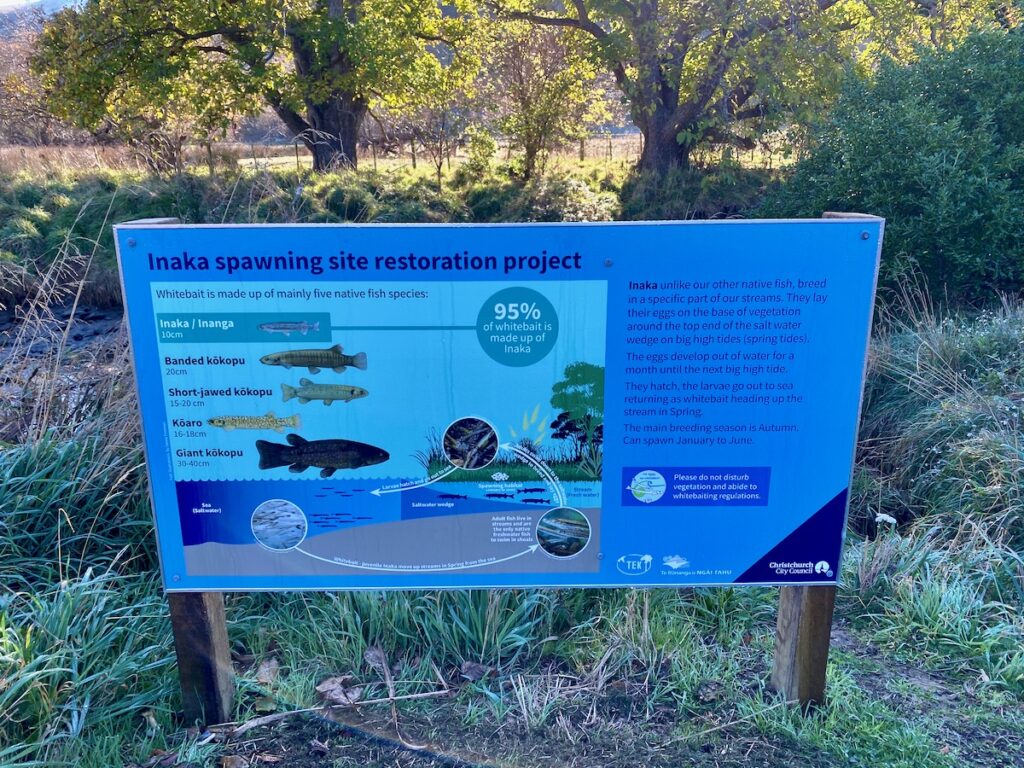
Recently on the Banks Peninsula I came across this sign and learnt that the Takamatua community, had joined with Te Rūnunga o Ngāi Tahu and other agencies, to restore an inaka spawning site near them. Restoring habitat will be a vital step in the inaka’s recovery.
A life cycle dictated by the moon and tides
The story of when spawning happens is quite magical. It goes like this…
Think full or new moon … the signal February to May for adult inaka to migrate downstream to the place where fresh water meets sea water. There they wait for a very high tide.
Where are the eggs?
As the tide rises, shoals of inaka work their way along the bank, pushing into the flooded vegetation at the very edge of the water. They choose the base of tall, dense vegetation to lay their eggs. Each female can release up to an amazing 13,000 eggs, which are tiny – just 1.2 mm in diameter. After the tide goes down, the eggs are stranded until the next spring tide.
The right habitat
What makes a good spawning habitat are plants that protect the eggs from dehydration, extremes of temperature and damaging UV radiation – definitely not a neatly mown grass verge that we see along many city streams.
One of the groups doing great work in this area is Working Waters Trust https://www.workingwaters.org/
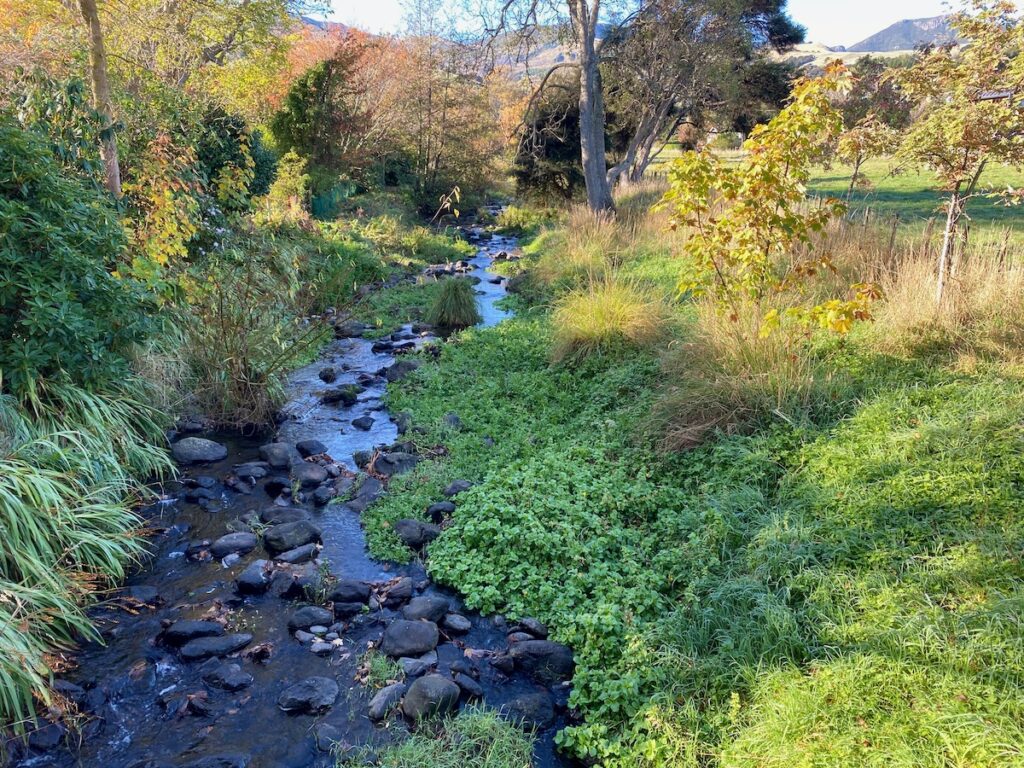
Six months at sea
When the eggs hatch between 2-4 weeks, they are carried downstream as larvae and spend the next six months at sea feeding on plankton in coastal waters.
Then it is spring
By spring the larvae have grown to about 55mm in length, return from sea and migrate upstream. Those that are not caught and eaten spend the summer in backwaters and slow moving sections of streams eating small insects. They grow into adult fish around 8-11cm. They have a bright silver abdomen and speckled olive-coloured back. They have no scales and look transparent.
A short life
By late summer most inanga are mature and ready to spawn. Many fish die after spawning but some live for another year. Spawning takes so much energy that the fish are left in poor condition and are at greater risk from disease and predators.
A galaxy of stars
Inaka are the most common species caught as whitebait for eating but there are also rarer galaxiids caught in whitebait nets. These are the ones that are only found in New Zealand: the banded kōkopu, giant kōkopu, kōaro and shortjaw kōkopu. These species like inaka are all migratory galaxiids. The name galaxiid comes from the patterns on the skin of adult fish that look like a galaxy of stars. Our galaxiids are generally nocturnal and very good at hiding so rarely seen in their natural habitat. So while the look of the juvenile form is well known the adult that is essential to the life cycle is not well known or its habitat requirements understood and protected.
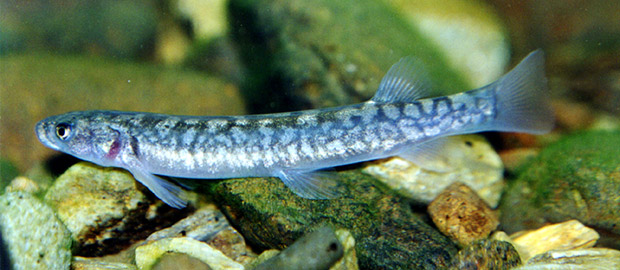
*Inaka (in the South Island Te Rūnunga o Ngāi Tahu term) inanga more commonly used by North Island iwi.
Check out the DOC website for more information on this amazing species. https://www.doc.govt.nz/nature/native-animals/freshwater-fish/whitebait-migratory-galaxiids/inanga/
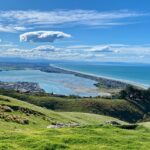
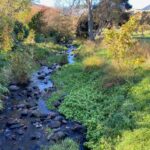
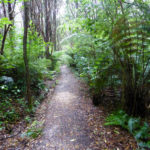
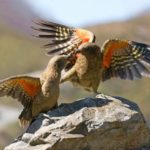



Hi Cynthia
I wondered if you’d visited Cobden, Greymouth whitebait restoration project as part of your wandering – if you’re heading to the Coast I’d love to introduce you to two locals who has been leading the project (and doing many hours weeding, planting and trapping rats/stoats) – they have at least two stages of meandering channels constructed and planted, and some observations of eggs
Would love to check out the Cobden Inaka restoration project when next on the coast. Thanks for the suggestion and will let you know when next heading that way.